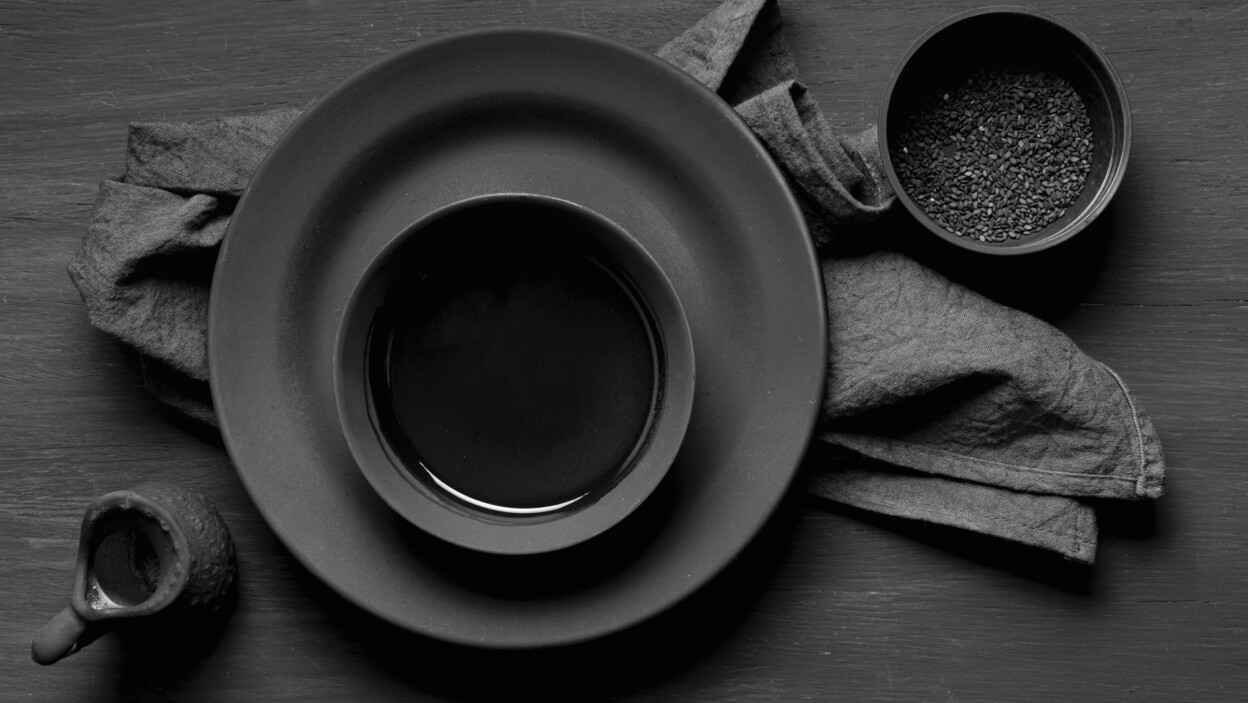Melamine has become a buzzword in the restaurant industry, but what exactly is this material that’s taking the foodservice world by storm? As a professional in the hospitality sector, understanding the ins and outs of melamine can help you make informed decisions about your dinnerware choices. Let’s dive into the world of melamine and explore why it’s becoming the go-to material for restaurant tableware.
Composition and Properties
At its core, melamine is an organic compound rich in nitrogen. When combined with formaldehyde, it forms a durable resin that can be molded into various shapes. This resin is then mixed with other materials to create the melamine plastic we see in dinnerware.
The resulting material boasts several impressive properties:
- Durability: Melamine is highly resistant to breaks, chips, and scratches.
- Heat Resistance: It can withstand temperatures up to 160°F (71°C) without degrading.
- Lightweight: Despite its durability, melamine is surprisingly light.
- Versatility: It can mimic the appearance of other materials like porcelain or wood.
These properties make melamine an ideal choice for busy restaurant environments where durability and aesthetics are equally important.
Advantages for Restaurants
The unique properties of melamine translate into several advantages for foodservice establishments:
- Cost-Effective: While the initial investment might be higher than disposable options, the longevity of melamine makes it more economical in the long run.
- Reduced Breakage: The durability of melamine means fewer replacements due to breakage, saving both money and time.
- Improved Safety: Its lightweight nature reduces the risk of injuries from heavy plates, especially in high-volume settings.
- Versatile Design Options: Melamine can be molded and colored to suit any restaurant theme or style.
- Easy Maintenance: Most melamine products are dishwasher safe, simplifying the cleaning process.
Manufacturing Excellence
While understanding the material is crucial, it’s equally important to consider the manufacturing process. Companies like Freeway Homes, based in India, have set new standards in melamine production. As founder Niraj Makharia states, “Our team of experts, along with advanced technology, has worked tirelessly to create beautifully designed, safe, and long-lasting products.”
Freeway Homes’ dedication to manufacturing excellence ensures that the melamine products they produce meet the highest quality standards. Their factories in Delhi’s Bawana Industrial area focus on delivering excellence at every step of the manufacturing process, from raw material selection to final product inspection.
Environmental Considerations
While traditional melamine is not biodegradable, innovations in the industry are addressing this concern. Some manufacturers now offer eco-friendly melamine options that incorporate sustainable materials like bamboo fibers. These products maintain the durability and versatility of traditional melamine while reducing environmental impact.
Choosing the Right Melamine Products
When selecting melamine dinnerware for your establishment, consider the following factors:
- Quality: Look for products from reputable manufacturers known for their commitment to excellence.
- Design: Choose styles that complement your restaurant’s aesthetics and enhance food presentation.
- Functionality: Consider the specific needs of your establishment, such as stackability for storage or heat retention for certain dishes.
- Safety Certifications: Ensure the products meet relevant food safety standards.
Here is an infographics published by Singapore Food Agency

In conclusion, melamine is a versatile and durable material that offers numerous benefits for restaurant dinnerware. Its unique properties, combined with advancements in manufacturing processes, make it an excellent choice for foodservice professionals looking to balance durability, aesthetics, and cost-effectiveness. As the industry continues to innovate, we can expect to see even more exciting developments in melamine technology, further cementing its place as a staple in restaurant tableware.
By understanding the composition, properties, and advantages of melamine, you can make informed decisions about your dinnerware choices, ultimately enhancing your guests’ dining experience and your restaurant’s operational efficiency.








Essential Diversey Chemicals: A Guide for R1 to R9 TASKI Series
How to Respond to Guest Reviews with 10 Samples
Top OTAs in India: Complete 2024 Guide for Hoteliers
Different Types of Paper Napkins for Restaurants
Guest Reviews: The Hidden Force Behind Bookings